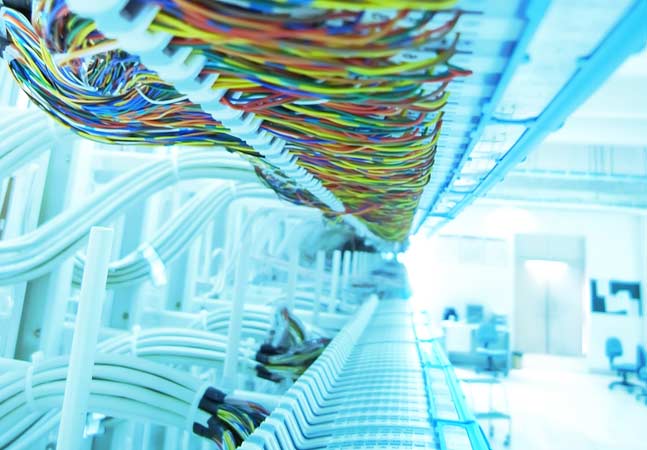A logical storage container used in cloud object storage systems.
A distributed computing model in which client devices request resources or services from centralized servers.
Software or a device that requests services or resources from a server over a network.
Technology that separates a desktop operating system and its applications from the physical client device.
A centralized repository that consolidates structured data from multiple sources.
A data integration process that collects data from multiple sources and loads it into a target system.
A computing model in which multiple networked systems share processing power, data and resources.
An integrated practice combining cloud operations, security and DevOps.
A deliberate attempt to compromise, disrupt or gain unauthorized access to digital systems.
A centralized repository that stores structured, semi-structured and unstructured data in its raw form.
The practice of defending an organization’s systems and networks against simulated or real cyberattacks.

Microsoft identity expert Nathan O’Bryan showed IT pros how to tighten Microsoft 365 security through Entra and Intune features like Conditional Access and Multi-Admin Approval--without hampering user productivity.

This reporter has lately been complaining in team meetings about having to fight with our company ChatGPT, specifically mentioning "yelling at a machine," but recent research indicates that might not be all bad -- blood pressure notwithstanding. A new study finds that ChatGPT-4o gives more accurate answers when prompted rudely rather than politely, contradicting previous research suggesting the opposite.

VMware’s newly renamed Workstation Pro 25H2 introduces calendar-based versioning, automation tools, and expanded hardware and OS support, signaling a renewed focus on the long-running desktop hypervisor.

An in-depth look at how Broadcom's acquisition of VMware has damaged not just budgets but the trust, talent, and ecosystem that once made VMware central to enterprise IT.

Veeam Software announced plans to acquire Securiti AI for $1.725 billion to combine data resilience, privacy, and AI trust in a unified platform aimed at helping organizations securely manage and unlock the value of their data across hybrid and multi-cloud environments.

Paul Schnackenburg, our 1-person SOC Down Under, goes into the basics of quantum computing, what the potential risks are, what steps you can take to mitigate those risks, what others in the industry are doing and how you can adopt the recommendations outlined by several different governments.
- By Paul Schnackenburg
- 10/23/2025

Rubrik introduced Rubrik Agent Cloud, a new enterprise platform for monitoring, governing, and remediating AI agent activity across clouds and SaaS apps, positioning it as a control layer for the AI agent lifecycle built on Rubrik Security Cloud.

Brien Posey warns that insider threats remain one of the most overlooked risks to storage security, urging layered defenses that combine access control, monitoring, and employee awareness.
A technology that abstracts physical computing resources.